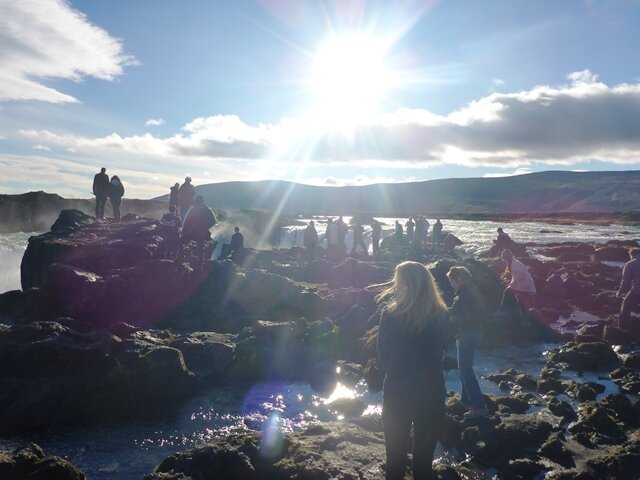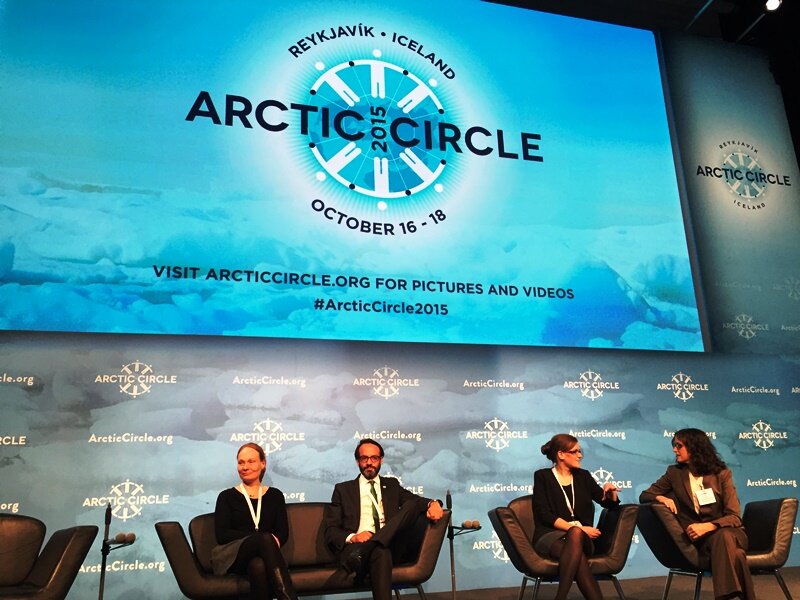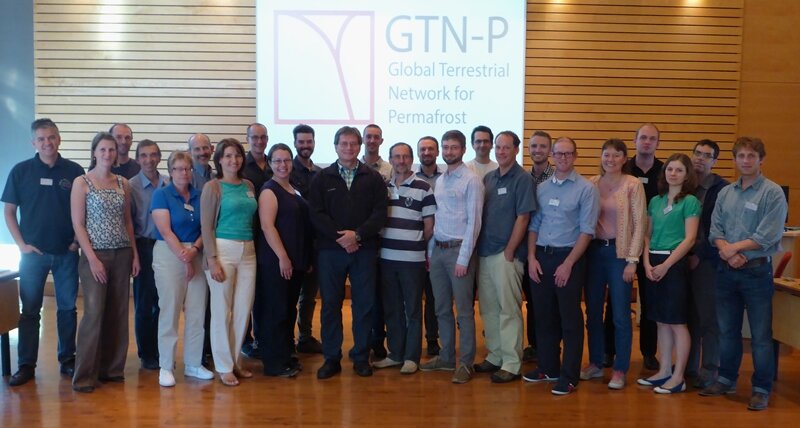Fall 2013: Start of Samoylov expedition
 (Photo: Benjamin Runkle) The island’s meteorological and eddy covariance tower in fall.Saturday, 7th of September 2013
(Photo: Benjamin Runkle) The island’s meteorological and eddy covariance tower in fall.Saturday, 7th of September 2013
Greetings dear reader,
I write again from the Samoylov Research station in the Lena River Delta. After the three summer months away from Russia, I am now back to observe the landscape's transformation into autumn and perhaps even the winter.
I am here this time with Alexander Sabrekov, a Ph.D. student from Moscow State University's Faculty of Soil Science. We had an easy arrival to the island, with no significant delays in Moscow, Yakutsk, or Tiksi. Our final journey to the island was by the small Ural boat (Tuesday, 3 September).
In our journey across the delta's channels we were able to wave hello to the boats carrying the scientists of the August expedition back to Tiksi. The island had only a few hours break between the August and the September crews. We regret not having the chance to greet and exchange ideas with the previous group!
Alex and I know each other well: we worked together here last summer making chamber measurements of surface-atmosphere fluxes of methane from different landscape units. What does that mean? Different landscape units have different ecological and physical properties such as: dryer or wetter areas, regions with more or less plants, areas with different clay or organic soil fractions.
These differences create changes in the microbial communities in the soils; these communities then produce greater or lesser quantities of the greenhouse gases methane and carbon dioxide. We measure this production in site using the flux chamber technique. This method essentially involves a scientist placing a closed box (60 cm x 60 cm) over the ground.
 (Photo: Benjamin Runkle) Fall colors and a view of Stolb, the familiar bedrock island landmark to the island’s eastThe concentrations of the greenhouse gases in this box increase over a given time period (generally, half an hour) as the gases diffuse out of the ground where they are produced by the microbial communities. The chamber air is sampled into syringes to be analyzed back at the station laboratory's gas chromatograph.
(Photo: Benjamin Runkle) Fall colors and a view of Stolb, the familiar bedrock island landmark to the island’s eastThe concentrations of the greenhouse gases in this box increase over a given time period (generally, half an hour) as the gases diffuse out of the ground where they are produced by the microbial communities. The chamber air is sampled into syringes to be analyzed back at the station laboratory's gas chromatograph.
These measurements provide a vivid reminder of the different ways a landscape responds to its local setting – rains can trigger pulses of behaviour, waterlogged soils produce more methane than dryer soils, organic matter is correlated to greenhouse gas production. To take advantage of this technique, this fall, Alex and I are conducting these measurements in the half of Samoylov Island that is flooded annually.
This lower part of the island I saw nearly covered by the Lena River during its peak flows in May. The river brings a fresh load of nutrients, sand deposits, and a major annual disturbance. The plants in this part of the island are often higher and denser than in the elevated regions covered by ice wedge polygons. There are even many shrubs in the willow genus, though at less than 1 m in height, they hardly resemble the large weeping willows of European gardens. Up to 20% of the delta is covered in this type of annually-flooded vegetation, so understanding how this floodplain behaves on Samoylov will enhance our abilities to predict how the whole delta functions.
Our other tasks, which I will discuss in more detail in future posts, include observations of the hydrological cycle as the landscape begins to re-freeze in the movement toward winter. We will also work to make sure our measurement systems, installed in warmer periods, are ready to withstand the winter chill (which may reach temperatures as low as -50°C). Technical installations tend to enjoy these temperatures as little as their human operators! For now, we enjoy the bright reds, oranges, yellows, and occasional greens in the autumnal landscape.
Written by Benjamin Runkle, University of Hamburg











